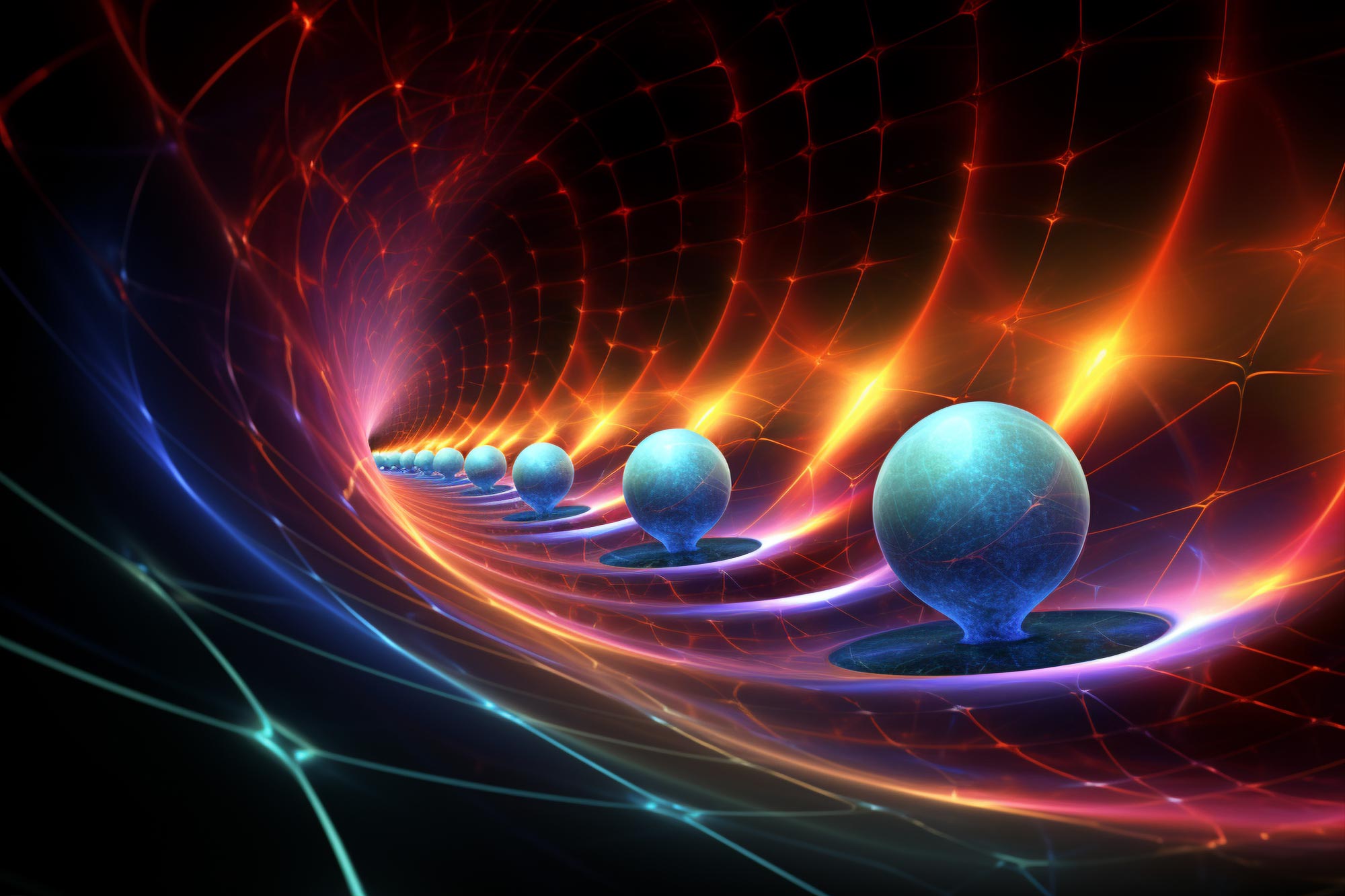
Los investigadores confirmaron una suposición básica en física con una precisión sin precedentes: que varias propiedades de la masa, como el peso, la inercia y la gravedad, son siempre equivalentes, independientemente de la composición específica de la masa involucrada. Esto refuerza el principio de equivalencia, esencial para la teoría de la relatividad de Einstein, y aborda el punto crítico de diferencia entre la física clásica y la cuántica.
Los equipos de investigación de la Universidad Leibniz de Hannover y la Universidad de Bremen confirman otro principio de equivalencia.
Los científicos han utilizado medio siglo de datos de rango de láser lunar para confirmar con una precisión 100 veces mayor que todas las propiedades de masa son iguales. Este hallazgo respalda en gran medida el principio de equivalencia de Einstein, que es la piedra angular de la teoría de la relatividad.
Una de las suposiciones más básicas de la física fundamental es que las diferentes propiedades de la masa (peso, inercia y gravedad) siempre son las mismas entre sí. Sin esta equivalencia, la teoría de la relatividad de Einstein sería contradictoria y los libros de texto de física existentes tendrían que ser reescritos. Aunque todas las mediciones hasta la fecha confirman el principio de equivalencia, la teoría cuántica postula que debe haber una violación. Esta discrepancia entre la teoría gravitacional de Einstein y la teoría cuántica moderna es la razón por la cual las pruebas más rigurosas del principio de equivalencia son particularmente importantes.
Un equipo del Centro de Tecnología Espacial Aplicada y Microgravedad (ZARM) de la Universidad de Bremen, en colaboración con el Instituto de Geodesia (IfE) de la Universidad Leibniz de Hannover, ha demostrado con éxito que es 100 veces más grande.[{” attribute=””>accuracy that passive gravitational mass and active gravitational mass are always equivalent – regardless of the particular composition of the respective masses. The research was conducted within the framework of the Cluster of Excellence “QuantumFrontiers.” On July 13, the team published their findings as a highlights article in the scientific journal Physical Review Letters.

Binary system Earth-Moon. Credit: AEOS Medialab, ESA 2002
Physical context
Inertial mass resists acceleration. For example, it causes you to be pushed backward into your seat when the car starts. Passive gravitational mass reacts on gravity and results in our weight on Earth. Active gravitational mass refers to the force of gravitation exerted by an object, or more precisely, the size of its gravitational field. The equivalence of these properties is fundamental to general relativity. Therefore, both the equivalence of inertial and passive gravitational mass and the equivalence of passive and active gravitational mass are being tested with increasing precision.

First Author of the Publication, Vishwa Vijay Singh. Credit: Singh
What was the study about?
If we assume that passive and active gravitational mass are not equal – that their ratio depends on the material – then objects made of different materials with a different center of mass would accelerate themselves. Since the Moon consists of an aluminum shell and an iron core, with centers of mass offset against each other, the Moon should accelerate. This hypothetical change in speed could be measured with high precision, via “Lunar Laser Ranging.” This involves pointing lasers from Earth at reflectors on the Moon placed there by the Apollo missions and the Soviet Luna program. Since then, round trip travel times of laser beams are recorded. The research team analyzed “Lunar Laser Ranging” data collected over a period of 50 years, from 1970 to 2022, and investigated such mass difference effects. Since no effect was found, this means that the passive and active gravitational masses are equal to approximately 14 decimal places. This estimate is a hundred times more accurate than the best previous study, dating back to 1986.
Unique expertise
LUH’s Institute of Geodesy – one of only four centers worldwide analyzing laser distance measurements to the Moon – has unique expertise in assessing the data, particularly for testing general relativity. In the current study, the institute analyzed the Lunar Laser Ranging measurements, including error analysis and interpretation of the results.
Vishwa Vijay Singh, Jürgen Müller and Liliane Biskupek from the Institute of Geodesy at Leibniz University Hannover, as well as Eva Hackmann and Claus Lämmerzahl from the Center of Applied Space Technology and Microgravity (ZARM) at the University of Bremen published their findings in the journal Physical Review Letters, where the paper was highlighted in the category “editors’ suggestion.”
Reference: “Equivalence of Active and Passive Gravitational Mass Tested with Lunar Laser Ranging” by Vishwa Vijay Singh, Jürgen Müller, Liliane Biskupek, Eva Hackmann and Claus Lämmerzahl, 13 July 2023, Physical Review Letters.
DOI: 10.1103/PhysRevLett.131.021401

“Futuro ídolo adolescente. Explorador amigable. Alborotador. Especialista en música. Practicante ávido de las redes sociales. Solucionador de problemas”.





More Stories
Un descubrimiento de meteorito sin precedentes desafía los modelos astrofísicos
Los CDC dicen que los cazadores no han contraído la enfermedad del “ciervo zombie” por el venado
Encontrando los signos más prometedores de vida en otro planeta, cortesía de James Webb